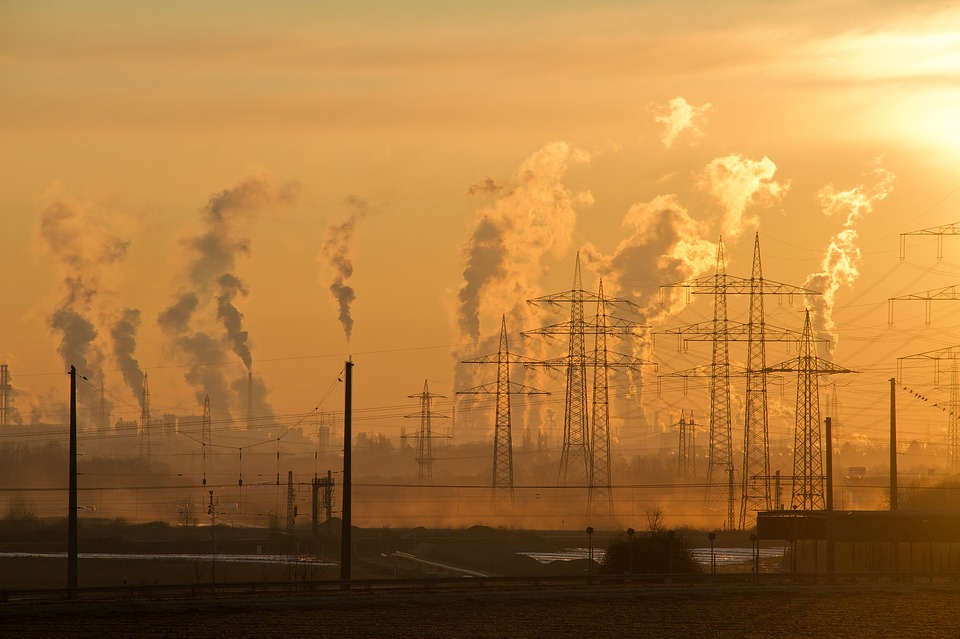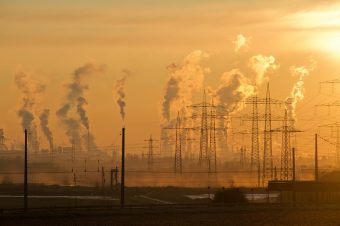 Cvetojević will travel from Istanbul to Nordkapp.
Cvetojević will travel from Istanbul to Nordkapp.
Elon Musk of Tesla Motors once said: “If something is important enough, you have to try it, even if it is likely that the idea will fail.” Musk was also correct when he predicted the growth in production of electric cars, which are slowly but surely spreading to Europe as well. With one such electric car, Croatian entrepreneur Saša Cvetojević will travel 10,000 kilometres. He and a Tesla car will start their journey in Istanbul and go to Nordkapp, reports N1 on September 7, 2016.
“People mistakenly think that travelling in cars driven by ‘normal’ engines, with a display which tells them how much fuel they have, is the safest was to travel, but actually with electric cars we have all the information we need”, explained Cvetojević. “You would actually have to intentionally try and behave very irresponsibly to remain without electricity in the middle of a road”, explained Cvetojević, who did admit that in some countries it might be more of a challenge, since many Eastern European countries still do not have a system of charging stations.
“The goal is to go travel over Europe from its southernmost to its northernmost point. However, an electric car can go through countries where there is no infrastructure”, he said. “Of course, it is possible to charge a car without a specialized station. It can be recharged at any outlet, and the only difference is time.” With super-charger “it takes about 15 to 20 minutes, while with an ordinary socket you may need a whole night and a little bit more. There is also a possibility of using a stronger home socket, which would take about five hours”, explained Cvetojević.
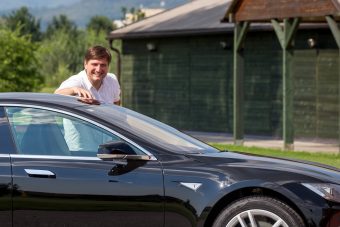 He believes that Croatia, just like many other countries, has made a mistake with the system of charging stations which are like islands and are not sufficiently connected. But, it is even worse not to have charging stations at all. “It will not always be easy, especially in countries where there are no charging stations, but we want to prove that it is possible.”
He believes that Croatia, just like many other countries, has made a mistake with the system of charging stations which are like islands and are not sufficiently connected. But, it is even worse not to have charging stations at all. “It will not always be easy, especially in countries where there are no charging stations, but we want to prove that it is possible.”
Range of one fully charged electric car is about 700 kilometres, but only if you drive very, very slowly. A more realistic range is 400 kilometres. If you drive fast, then the range is about 200 kilometres. You drive for about 3 to 3.5 hours and then stop for half an hour.
As for the Croatian market, currently there are over one thousand owners of electric cars. “We are a tourist country, and every day people from abroad call me and ask for charging stations, and how to reach them.” It seems that Croatian market, due to purchasing power, at present is not interesting enough for the major players. They have now installed two stations, one in Split and another one in Senj.”
“There will always be two drivers in the car. Four of us will go on this voyage, including a photographer. People will be able to follow us on the internet”, said Cvetojević. You can follow the voyage here.
Source: total-croatia-news.com
Photo: teslaelectricconnection.com






 No one likes to be stuck in a sweltering kitchen on a hot sunny day. When the weather is gorgeous, summer evenings should be spent outside, not slaving away over air-polluting kitchen appliances. A recent study from California has brought to light just how toxic kitchen appliances can be. Gas powered ovens were found to put a lot of dangerous chemicals into the air without homeowners being aware of it. Though the Environmental Protection Agency (EPA) cracks down on industrial pollution, they don’t have an effective way to monitor pollution levels in the home environment, meaning that the levels of toxins that build up in well-used kitchens can reach staggeringly unsafe levels without families having a clue.
No one likes to be stuck in a sweltering kitchen on a hot sunny day. When the weather is gorgeous, summer evenings should be spent outside, not slaving away over air-polluting kitchen appliances. A recent study from California has brought to light just how toxic kitchen appliances can be. Gas powered ovens were found to put a lot of dangerous chemicals into the air without homeowners being aware of it. Though the Environmental Protection Agency (EPA) cracks down on industrial pollution, they don’t have an effective way to monitor pollution levels in the home environment, meaning that the levels of toxins that build up in well-used kitchens can reach staggeringly unsafe levels without families having a clue. The freezer works when you have electricity, but how could you hope to preserve your garden produce if the power goes out? Dehydrating food is an age-old process that prevents bacteria from spoiling your food while retaining nutrients, all without relying on added salts and sugars. Don’t think of solar drying as merely a hobby; it can revolutionize the way you approach your food.
The freezer works when you have electricity, but how could you hope to preserve your garden produce if the power goes out? Dehydrating food is an age-old process that prevents bacteria from spoiling your food while retaining nutrients, all without relying on added salts and sugars. Don’t think of solar drying as merely a hobby; it can revolutionize the way you approach your food.


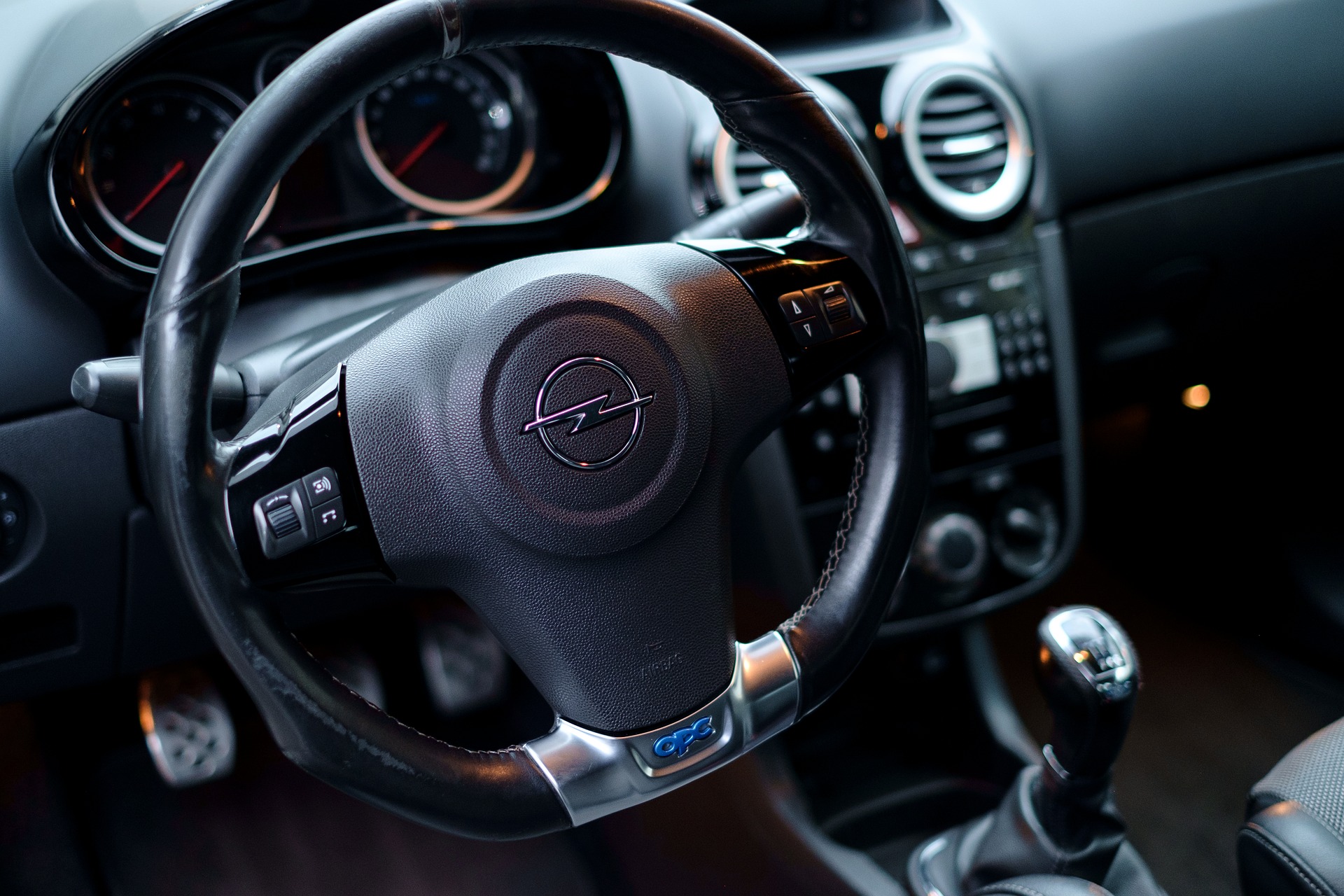


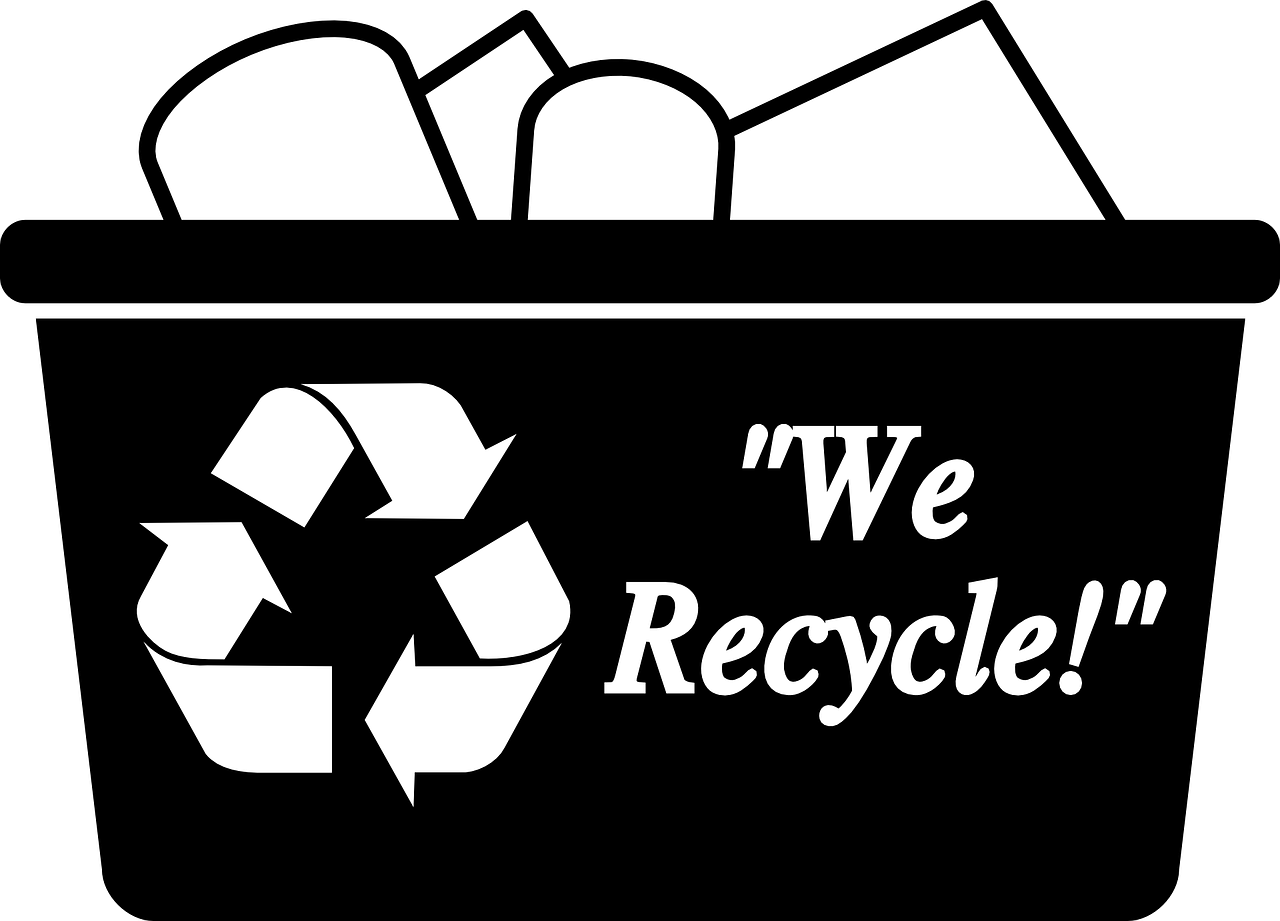



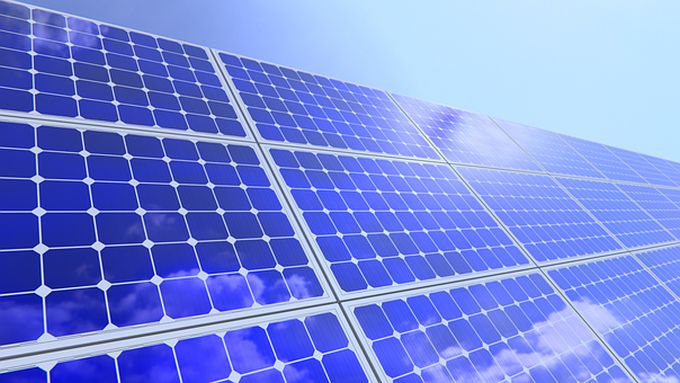
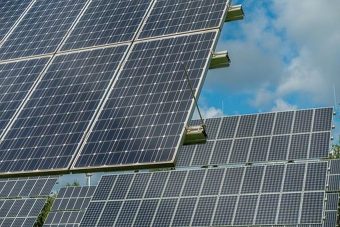
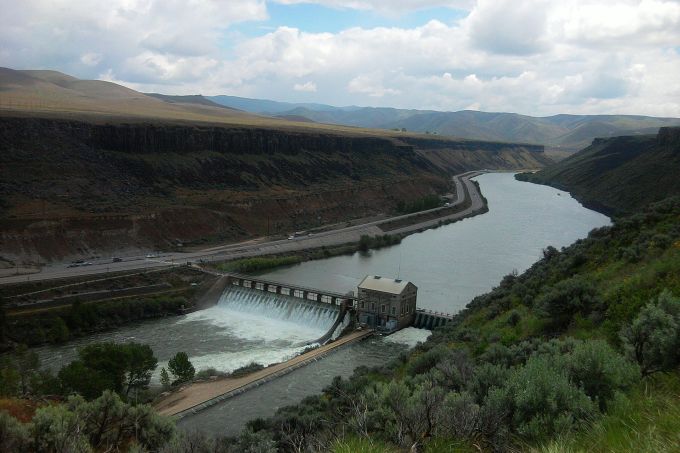
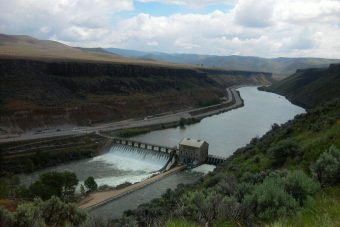

 Climate change and energy cooperation were high on the agenda at the meeting of the world’s major advanced and emerging economies in Hangzhou, China, from 4-5 September 2016.
Climate change and energy cooperation were high on the agenda at the meeting of the world’s major advanced and emerging economies in Hangzhou, China, from 4-5 September 2016.


 On the side lines of the Bled Strategic Forum held on 5 September, Dr Birol met with H.E. Miro Cerar, Prime Minister of the Republic of Slovenia. The meeting focused on global challenges to energy security, priorities for Slovenia as it prepares its new Energy Concept and the future of the IEA-Slovenia relationship. Slovenia, which joined the OECD in 2010, is not currently a member of the Agency. Earlier the ED met with Slovenia’s Secretary of State Mr Klemen Potisek.
On the side lines of the Bled Strategic Forum held on 5 September, Dr Birol met with H.E. Miro Cerar, Prime Minister of the Republic of Slovenia. The meeting focused on global challenges to energy security, priorities for Slovenia as it prepares its new Energy Concept and the future of the IEA-Slovenia relationship. Slovenia, which joined the OECD in 2010, is not currently a member of the Agency. Earlier the ED met with Slovenia’s Secretary of State Mr Klemen Potisek.